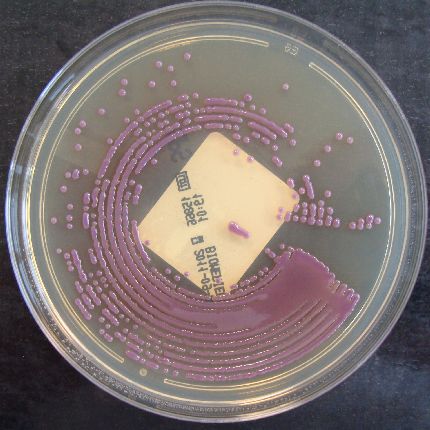Exotoxins, in contrast to LPS endotoxin, protein toxins, which are allocated to viable bacteria. They form a class of poisons, which is one of the most powerful, per unit of weight, all toxic substances. Most of the higher molecular size of protein exotoxins thermally labile, but many low-sized exotoxins are thermostable peptides. In contrast to endotoxin, which is a structural component of gram-negative cells, exotoxins produced by some members of gram-positive and gram-negative genera. The functions of these exotoxins to bacteria, usually unknown, and for most genes can be deleted without a noticeable effect on the growth of bacteria. In contrast to the large system and immune system effects of endotoxin on host location of most exotoxins more localized and confined to specific cell types or cellular receptors. Tetanus toxin, for example, applies only to false neurons. Overall, exotoxins excellent antigens that cause specific antibodies called antitoxin. Not all antibodies to the exotoxins are protective, but some react with important binding sites or enzymatic sites exotoxins, resulting in complete suppression of toxic activity (eg, neutralization). Exotoxins can be divided into several categories (such as neurotoxin, cytotoxin and enterotoxins), depending on their biological effects on host cell. Neurotoxins best example cheap strattera of toxins produced by
Clostridium SPP. For example, botulinum toxin formed
C. botulism. This powerful neurotoxin, acting on motor neurons, preventing the release of acetylcholine at the myoneural transitions, thereby preventing muscle stimulation and produce flaccid paralysis. Cytotoxin represent a large and heterogeneous group with a wide range of host cell characteristics and toxic manifestations. A cytotoxin is a diphtheria toxin that is produced
Corynebacterium diphtheria. This cytotoxin inhibits protein synthesis in many cell types by promoting ADP-ribozilirovanie elongation factor II, which blocks the lengthening of the growing peptide chain. Enterotoxins stimulate hypersecretion of water and electrolytes from the intestinal epithelium and thereby produce watery diarrhea. Some enterotoxins is cytotoxic (eg shihatoksiny enterotoxins of Escherichia coli
), while others are outraged eukaryotic cell functions and cytotonic (eg cholera toxin). Enterotoxins can also disrupt the normal contraction of the smooth muscle, resulting in abdominal cramping and reduce transit time for water absorption in the intestine. Enterotoksihennye
E. coli and cholera
produces diarrhea after attachment to the intestinal mucosa, where they complex enterotoxins. No pathogen enters the body in large quantities except in the case
E. coli species, which purchased the invasion plasmid. It is important to note that Vibrio toxin and Escherichia coli
thermally labile enterotoxins I and II cause ADP-ribozilirovanie cellular proteins in a manner similar diphtheria toxin, except that the main purpose of a regulatory protein (G
) adenylyl cyclase, which leads to increased levels of cyclic 3,5-adenozynmonofosfatu (cAMP) (see
). On the other hand, agents of dysentery (Shigella
dysentery,
S. boydii,
C. Flexner, and S. sonnei
) penetrate the mucous surface of the colon and ileum multiply and cause ulcers that bleed into the lumen of the intestine. Despite causing large sores mucosal pathogens often enter the bloodstream. Enterotoxins Shiga production
kinds of Shigella enterotoxins and shihatoksiny developed many strains of E. coli
inhibit protein synthesis in eukaryotic cells. It is not clear how this cytotoxic enterotoxins causes hypersecretion of water and electrolytes from the intestinal epithelium. These enterotoxins differ from those allocated
cholera and E. coli

that Shiga toxin is cytotoxic and lethal, while cholera toxin type enterotoxins is not. Last enterotoxins do not cause structural damage to cells, and are described as cytotonic. Followed this inflammatory reaction to the invasion of bacteria and / or their toxins, appears to activate the neurological control mechanisms (eg, prostaglandins, serotonin), which normally regulate water and electrolyte transport. .
No comments:
Post a Comment